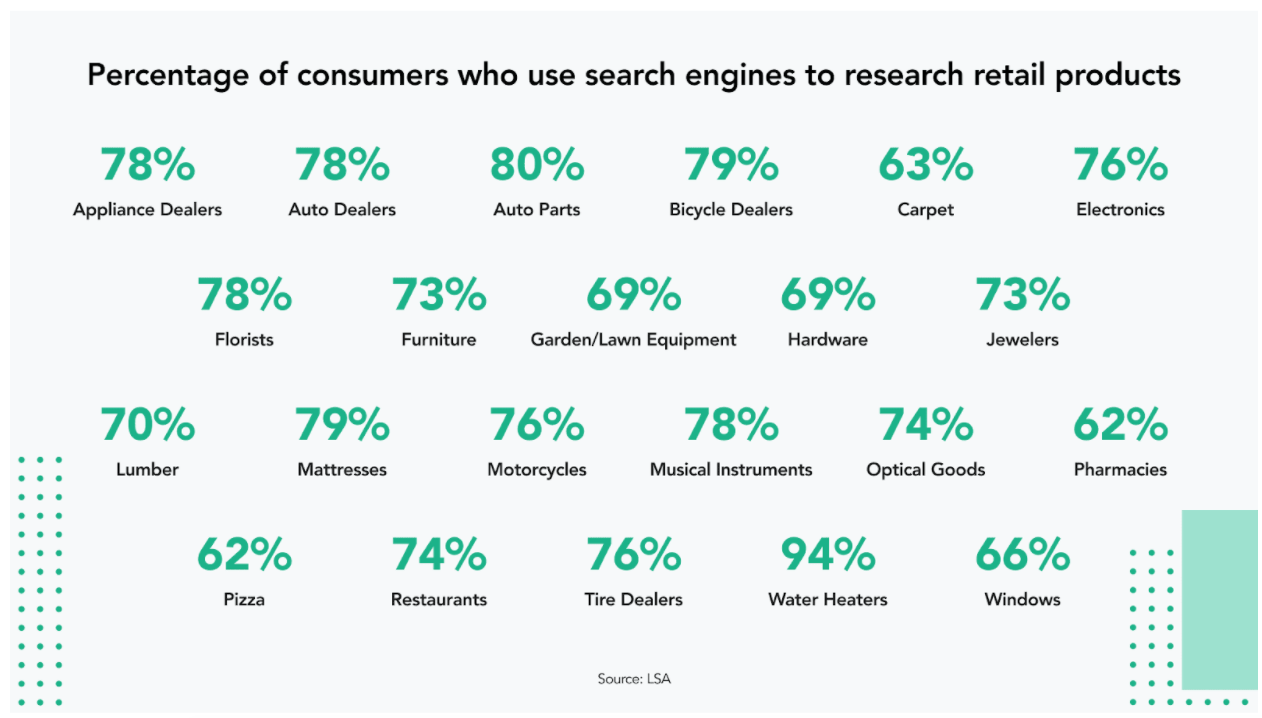Did you know we all have multiple identities online? If you were to log into different websites using different devices like laptops, mobile phones, and tablets, use a personal email address to complete a purchase online, and then use a professional email address to log into a workplace application, both email addresses would be considered different identities.
“The average number of email addresses owned by consumers is 2.5, and that includes working people that have business email addresses”. Zettaphere
According to a survey by Deloitte, smart devices doubled in US homes amid the COVID pandemic. The average household now has a minimum of 25 connected devices. Over 38% of Americans upgraded their homes with more internet-connected devices like smart TVs, tablets, and gaming consoles. Additionally, broadband and mobile data plans also got upgraded to support these new devices, with many boosting their wi-fi signals with extenders like eero, who reported that they saw more than 75% year-over-year growth in September 2021.
More devices lead to more data discrepancies.
Here comes the challenge, the average consumer uses up to four different devices on any given day, so how do marketers target the right consumers across these various identities and personalize messaging and advertisements at the right time and on the right channel? Identity resolution solutions collect and fill in the missing data between different devices, logins, and channels your consumer uses and consolidates it into a single unified customer profile. This allows brands to build better customer experiences that are consistent across the different devices and channels they may be using at any time.
“81% of retail shoppers conduct online research before buying” Source: GE Capital Retail Bank.

Identity resolution looks at the data from a database and attempts to match the data to identifiers like device IDs, email addresses, phone numbers, or a cookie. It takes the data that has been collected from various sources and touchpoints and consolidates it down into a single profile. Brands can use the data to build an omnichannel view of their consumers and create a truly personalized, customizable customer journey with relevant messaging, product recommendations, and offers deployed across channels like Facebook, Google, Twitter, Pinterest, Youtube, connected TV, and more.
90% of consumers say the amount they spend or shop with a retailer is impacted by how consistently the retailer delivers a personalized shopping experience. (source)
Cross-channel & Cross-device Personalization.
Personalization is powerful; it’s the holy grail of product loyalty and drives growth when done the right way. According to Statista, personalization has become one of the most indispensable marketing strategies among industry professionals in the United States. And the use of personalization among marketers is significant; 78% of marketers used personalization in their email marketing campaigns, 31% used personalization in mobile apps, and 56% used personalization to enhance their website experience.
Emerging technology like customer data and analytic platforms provide marketers with insights that enable them to personalize every point of interaction across more channels and at any stage in the customer journey. But to scale it, companies need first to understand how they currently collect data.
How you collect data matters more now than ever.
Companies have a smorgasbord of ways to collect data, and until now, third-party cookies have been the most common method of capturing consumer activities, but it’s quite a laborious process. Tracking activities across websites, social channels, and paid ads and breaking down the data using various technologies and spreadsheets ultimately leads to inefficiencies and data discrepancies. In other words, poor data quality and when used to run marketing campaigns, the data can yield wildly different results.
The problem with third-party cookies
The website or the domain you are surfing doesn’t create the third-party cookie. The site owner (or brand) uses a third-party solution that provides them with a tracking pixel or tag that they place on their website to track activities on their site and when you leave their site. Any website that loads the third-party server’s code can access the third-party cookie.
For example, if you visited Zappos and browsed a specific item, there is a good chance they dropped a cookie in your browser so they can target you with ads when you exit their site. Ever wonder why you see a company ad following you everywhere online? This is because the website is using the data collected from a third-party cookie to retarget you across different online channels.
Cookies can benefit consumers by serving them relevant ads of interest, but the third-party cookie has a significant drawback: privacy invasion. Cookies allow marketers to track every website the consumer visits and collects a lot of details about each individual. The data collected can be accessed by anyone who loads the third-party’s ad server like Adroll or Google (who is deprecating third-party cookies by the end of 2023) and presents a security risk. Software companies allow outside parties to access information like a name, address, or even your credit card information, they unintentionally put your personal information at risk, and you are unaware of who the parties are.
Additionally, if your credit card is stored in your browser and used for auto-fill, you increase the risk of hackers gaining access through phishing sites. Phishing sites have hidden elements that can only be found by looking at the page’s script. Often the Autofill on your browser falls prey to these functions and adds personal information on the site without your permission.
First-party cookie approach and identity resolution
41% of marketers believe their biggest challenge will be their inability to track the right data.
With Google phasing out third-party support and the growing privacy concerns mentioned above, marketing teams will need to focus on collecting first-party data. Data like demographics, consumer interest, website behavior, app activities, shopping patterns, and purchasing history will be tracked with a first-party cookie and collected from the company’s owned media touchpoints (social media, email, website, other).
Next, you’ll need to connect multiple identifiers collected from the various touchpoints across different channels and devices to build a unified view of each customer’s engagement with your brand, also known as Identity Resolution. When you combine marketing and attribution with identity resolution, you can build a 360-degree single view of your customer. This will give you a full understanding of the demographic and behavioral attributes that make up each profile and know exactly where to allocate your advertising dollars for optimal engagement and conversions.
According to a Winterberry Group forecast, marketers in the US expect to collectively spend $2.6 billion on identity resolution programs and technologies by 2022, a 188% increase over the past four years.
First-Party Data Solutions are on the rise; they eliminate data challenges for teams across the board by acting as an extension of other tools and systems that currently exist within your organization. People engage differently depending on the channel and their device, and they expect frictionless and seamless interactions from brands.
LayerFive is a Unified Customer data platform with Identity Resolution and Data Compliance. We help companies unify their data, gain deeper insights, and comply with privacy regulations. Contact us here to schedule a demo and explore how you can leverage your own data.



